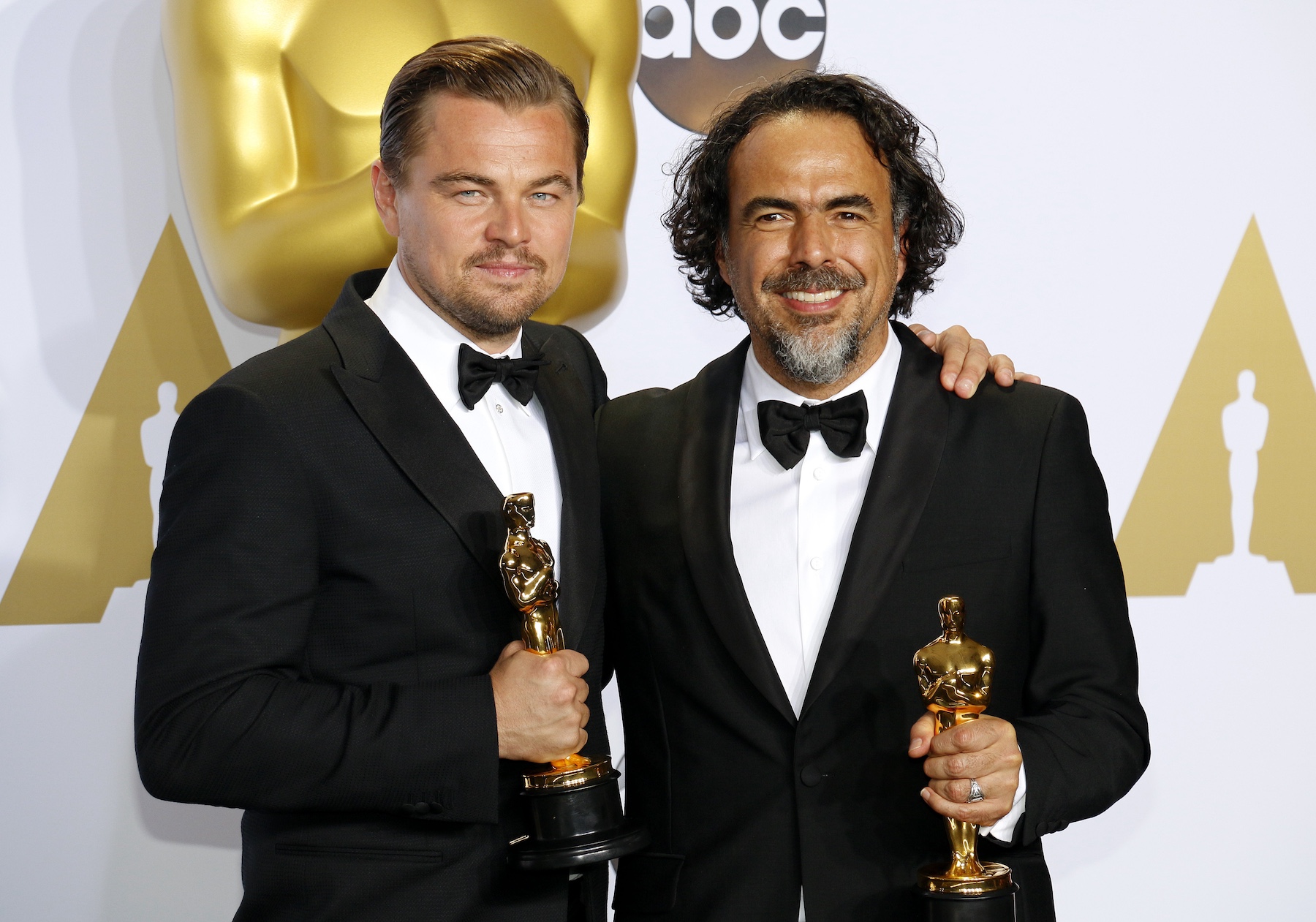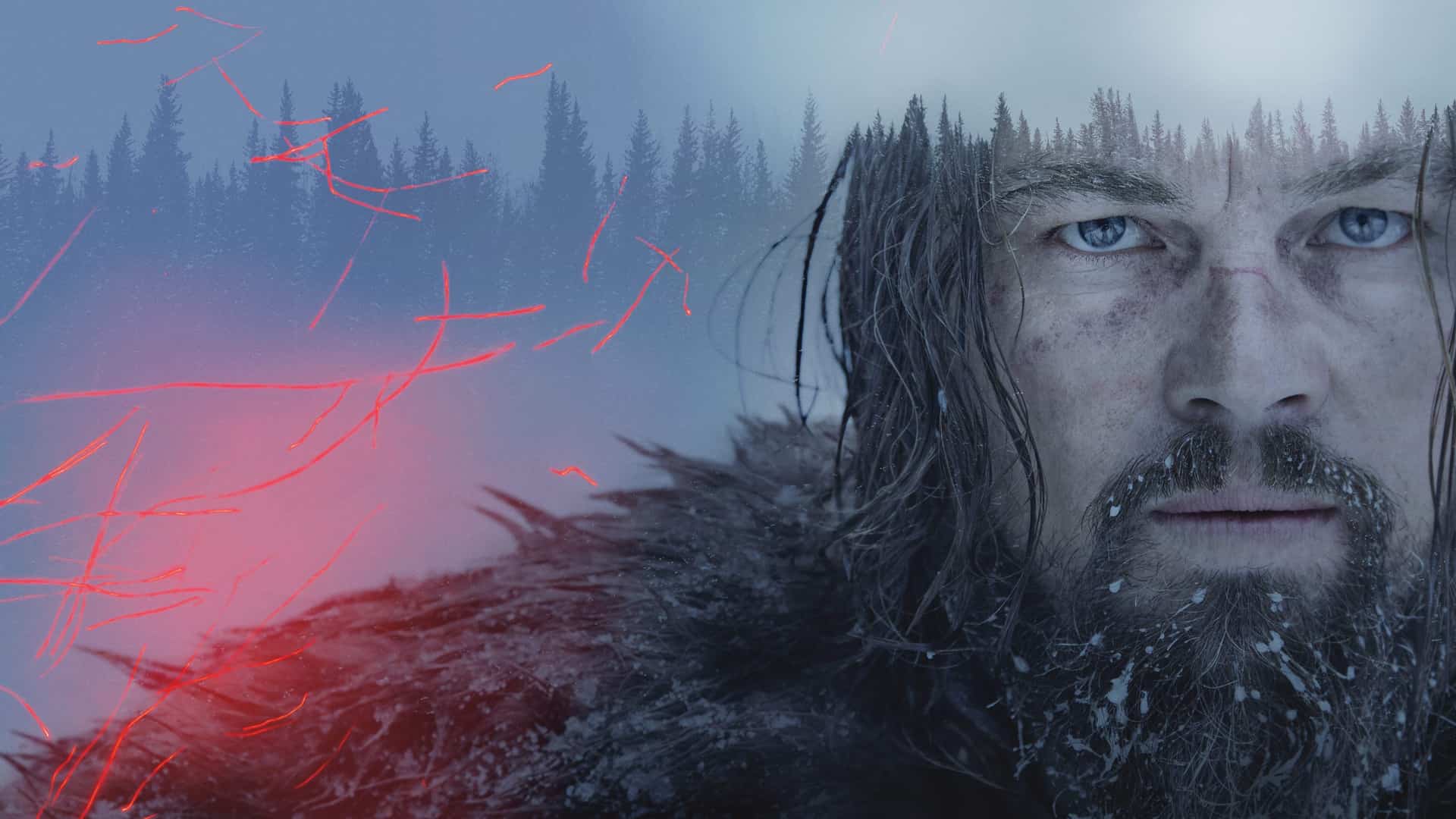I think we can all agree that making a movie is hard work. Throw a few bumps in the road and it can get hectic. That’s where having a flexible shooting schedule comes in handy.
Today we’re going to go over one of the most insane movie productions ever, The Revenant, and show you how a flexible shooting schedule can help you tame even the wildest production!
The Revenant movie production story
Alexandar Iñárritu’s The Revenant is the semi-biographical story of Hugh Glass, a 19th century frontiersman, who fights for his survival in the unorganized territories of the Northwest after being mauled by a bear and left for dead.
In order for Iñárritu to recreate the visceral landscapes and shed light on the dangers of the 19th century Pacific Northwest, the film was shot in twelve raw locations in three countries: Canada, the United States, and Argentina.
The filmmaking team also decided that for the purpose of seeming real the film was to be shot only in natural light adding to the production’s complexity.
This may seem like an overwhelming amount of travel, location scouting and aesthetic perfection, and it is.
However, skilled filmmakers are able to navigate intricate details, shifting schedules and changing locations via an important production tool: the shooting schedule.
Watch: How The Revenant Avoided Production Hell
What is a production schedule?
A production shooting schedule is a plan for film and television production—created and managed by the assistant director, and details what shots and scenes are taking place on which day; and used to keep all elements of the production on track.
In the past, filmmakers created production schedules by cutting pieces of paper and tacking them onto a board. Not anymore.
Now, there is intricate software that makes it easier for filmmakers like Iñárritu, and his staff, to document and execute their vision in an organized and practical manner, such as film scheduling programs like StudioBinder.
Shooting schedule software

How to make a shooting schedule 101!
StudioBinder’s features allow you to drag and drop scenes into a timeline to create a succinct shooting schedule, and even utilizes Gantt charts (as seen below) to help manage all elements of production.

This Gannt chart will help you track tasks
Planning every last detail of your production is crucial to its success. And having the ability to make edits on the fly is just as important.
For example, imagine making these kind of shifts in a shooting location and having to re-create the entire shooting schedule in excel. When using professional shooting schedule software, changing an element is a drag-and-drop experience.
The best productions schedules are designed with the inevitability of change, and the ability to make those changes and alert the necessary stakeholders at a moment’s notice.
To understand how drastically a shooting schedule can change over the duration of a production, let’s take a closer look at The Revenant.
The Revenant’s ever-changing shooting schedule
When production started, cinematographer Emmanuel “Chivo” Lubezki decided that he only wanted to use natural light for every shot in the movie.
"We wanted to make a movie that was immersive and visceral...The idea of using natural light came because we wanted the audience to feel, I hope, that this stuff is really happening.” — Emmanuel Lubezki
Since the shooting took place on location, the team was were reliant on sun-kissed weather.
But...
On overcast days, the team had to use bounce cards, carefully placed lanterns, and campfires, to emulate natural light.
The Revenant’s shooting schedule started out long
Continuity played a huge role here, and the team relied on shooting schedules to plan their days to match light exposure, or plan re-shoots based on the amount of sun in the shot.
An anonymous crew member told The Hollywood Reporter, "We'd never shoot what we blocked.” Echoes another: "Everything was indecisive, whether it was this particular actor for this particular role, this costume, this makeup."
Inarritu punched back:
"That's part of the process. … It's about incredible precision. … It's not easy. You have to be sculpting, sculpting, sculpting until you have it."
— Alejandro Iñárritu
Arduous demands on production
Lubezki originally wanted to shoot The Revenant on film, but the low light required they use the Arri Alexa 65 digital camera. Lubezki also selected lenses from 12mm to 21mm to make sure he was able to take in the maximum amount of light in each shot.
This was all incredibly intricate and required careful plotting and a detailed shooting schedule.
And if this was not complicated enough, the team went through another potentially disastrous change when the production began: the weather.
How the weather altered The Revenant’s production schedule
In order to show what the character is up against, director Iñárritu wanted to shoot in snowy conditions.
Snow is a crucial element to the story and Hugh Glass’ journey through the barren wilderness. The crew began shooting in Alberta. All of the location intel indicated that it should be covered in constant snow.
Instead, it was unusually warm.
And deep into the shoot, and the snow started melting!
Still, temperatures as the sun set would cascade to around negative forty degrees, fahrenheit.
That’s ungodly. I would rather be eaten by a bear.


The Revenant movie's CGI bear.
So only a few days after the crew started in Calgary, they had to shift back to more rural, parts of Alberta — entering into the Canadian badlands.
The crew then traveled from Montana to Argentina, where they finally found the conditions that they needed. The Revenants’ shifting locations due to an unexpected weather conditions is the perfect example of why a shooting schedule needs to be adaptable and flexible.

But they couldn’t find enough snow there. So they went to Kootenai Falls, Montana.


Montana was great for a time, but the weather lightened there too. The entire crew feared they’d never find the snow they needed in North America. And they were right.
They finally wound up in Argentina, where they had consistent snowfall because they were only 700 miles away from Antarctica.


While shooting The Revenant, the team pushed the schedule and budget to the brink. Even the executives on the movie were concerned about the pressure put on the film’s budget:
"We had weather challenges...This was a tough movie. We always knew it was a tough movie. And the movie's great."
— Brad Weston, CEO of New Regency
DiCaprio’s commitment to a changing shooting schedule
Aside from the budget, the filming was taking its toll on the lead actor.


The Revenant posed a new challenge for Leonardo DiCaprio as an actor. Not only was he required to act with minimal dialogue, but his body was put under immense physical torture.
Dicaprio recalls having to eat actual liver on set when the prop liver wasn’t bleeding enough:
"It wasn’t bleeding the right way when I was biting into it...Alejandro threw me a real one. The bad part is the membrane around it. It’s like a balloon. When you bite into it, it bursts in your mouth. I got flu quite a few times."
— Leonardo DiCaprio
Was it worth it? We think so. As do many fans of the film.
Awards and Aftermath
The Revenant went on to be nominated for twelve Academy Awards, winning three.
Leonardo DiCaprio finally won his Best Actor Oscar.
Alejandro Inarritu won for Best Director.
And Emmanuel Lubezki won for Best Cinematography.


Leonardo DiCaprio and Alejandro Gonzalez Inarritu at the 88th Annual Academy Awards - Press Room held at the Loews Hollywood Hotel in Hollywood, USA on February 28, 2016.
Rumors have said The Revenant’s original budget was supposed to be around 60 million dollars. Then it was adjusted to 95 million dollars. But with all the moves and setbacks, the film wound up costing north of 135 million dollars!
It was expensive and a huge burden for the production and studio.
The Revenant opened on Christmas Day, 2015, and stayed in theaters until the end of May 2016.
It made back all its inflated budget and then some.
Total Lifetime Grosses of The Revenant movie...
Domestic: $183,637,894
Foreign: $349,312,609
Worldwide: $532,950,503
Up Next: Back to the Future and The Script Breakdown
We learned a lot about production today. If you’re starting to plan production on a film or television show, the shooting schedule feature in StudioBinder can help. We also provide a free shooting schedule template that will help keep all shoot days organized.
Like, what if you’re making one of the greatest films of all time and need to replace your lead actor after shooting act one?
Come with us as we dissect the story of Back to the Future, and find out how a script breakdown helped the crew turn an average story into an iconic film.
